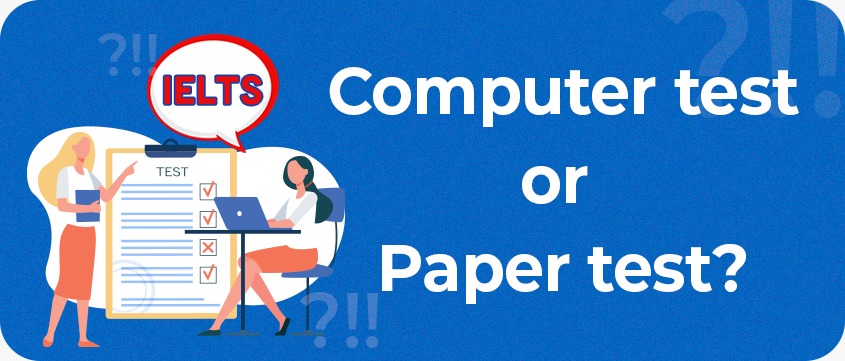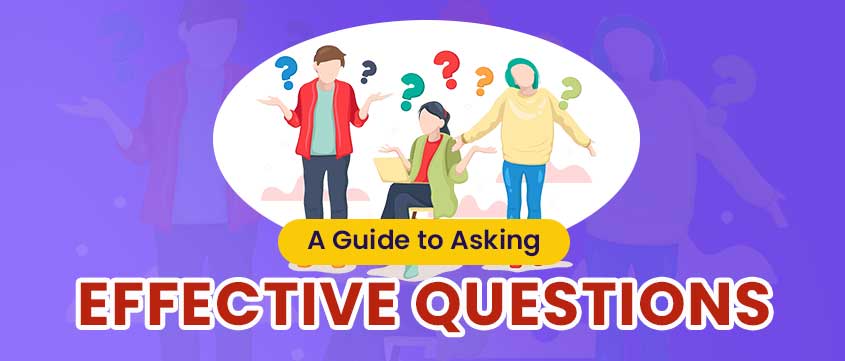In today’s global world, English is more than just a language—it’s a powerful tool for communication, career growth, and cultural exchange. Whether you’re starting from scratch or trying to polish your skills, having a structured English learning roadmap can make all the difference. This blog offers a step-by-step guide to learn English fluently, from your first word to confident conversations.
Step 1: Start with the Basics
If you're new to the language, begin with English for beginners. Focus on essential vocabulary, grammar rules, and simple sentence structures. Use flashcards, beginner textbooks, or mobile apps to build your foundation. At this stage, consistency is key—study every day, even if it’s just for 15–20 minutes.
Step 2: Join a Spoken English Course
To strengthen your foundation, consider enrolling in a spoken English course. These courses often include real-life dialogues, pronunciation practice, and listening activities. Learning from trained instructors can help correct mistakes early and develop confidence in speaking.
Step 3: Build Your Daily Routine
Set up a daily English learning plan for beginners. It might include reading a short article, writing a paragraph about your day, watching an English video, and speaking for five minutes on a topic. This structured routine will build all four language skills: listening, speaking, reading, and writing.
Step 4: Learn English Online
Take advantage of the countless resources available to learn English online. From YouTube channels and interactive quizzes to language learning apps and online tutors, the internet is a treasure trove for learners at every level.
Step 5: Practice Speaking Regularly
One of the most important yet often neglected parts of the English learning journey is speaking. Engage in English speaking practice with friends, language partners, or online speaking clubs. Don’t worry about making mistakes—fluency grows through practice, not perfection.
Step 6: Improve Listening and Comprehension
Watch English movies, listen to podcasts, and follow English news. Choose content that matches your level and gradually increase difficulty. This improves vocabulary, listening speed, and helps you become familiar with different accents and expressions.
Step 7: Expand Vocabulary and Grammar
As you progress, focus on expanding your vocabulary and refining your grammar. Reading books, writing journals, and using grammar guides are great ways to improve English skills. The more you use the language, the stronger your command will become.
Step 8: Join an English Language Course (Intermediate to Advanced)
When you reach a mid-level, enroll in an English language course tailored for intermediate or advanced learners. These programs focus on advanced grammar, writing, and discussion skills, pushing you toward professional and academic fluency.
Step 9: Track Your Progress
Set short-term and long-term goals and reflect on your growth. Ask yourself: Can I hold a five-minute conversation? Can I understand a news report? Regular self-assessment helps identify strengths and areas that need improvement.
Step 10: Become Fluent in English
Fluency doesn’t mean perfection—it means comfort, confidence, and clarity. If you follow this roadmap to fluent English speaker and stay committed, you’ll gradually become fluent in English and open up a world of opportunities.
Jun 07, 2025 | Grammar,Significance of English,Communication skills,Skills development | No Comments











